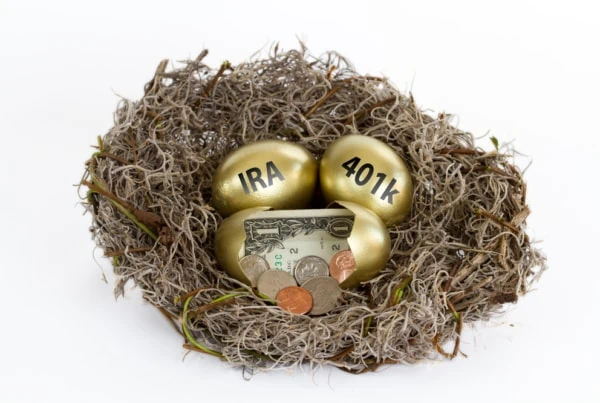The early 2020s made just about everyone in the world well-aware of the term “inflation.” No one particularly likes it—it’s rising consumer prices, after all. But it goes hand in hand with economic growth, and it tends to be manageable at moderate levels, especially if wages rise at a commensurate level.
We can’t say the same for “stagflation,” which is becoming an increasing concern in economic circles.
Stagflation is a portmanteau of the words “stagnant” and “inflation.” But it doesn’t mean that inflation itself is stagnant. Quite the opposite. It’s a combination of three simultaneous economic conditions:
- Stagnant (slowing) economic growth
- High unemployment
- Inflation
As Peter Campbell might say: “Not great, Bob!”
Stagflation is fortunately a rare occurrence in the U.S. economy. But I’m talking about it today because economists and other experts are increasingly concerned that stagflation could be on the way. Specifically, let me explain to you what causes stagflation, how it affects consumers like you, and what (if anything) any of us can do to prepare for it.
What Can Cause Stagflation?
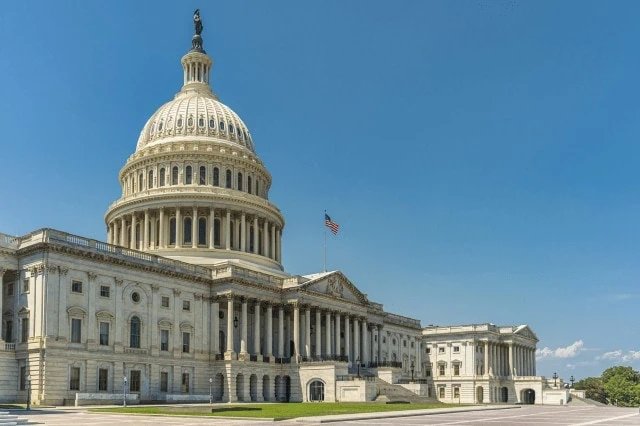
Stagflation can be caused by any number of things, from changes in monetary policies (the Federal Reserve) and fiscal policies (Congress) to foreign crises and drastic shortages in critical commodities. Indeed, that last factor, in the form of the 1973-74 oil shock, was the driver behind America’s last period of stagflation.
So, why is the “S” word coming up so often of late?
Unlike the 1970s, which we could pin on the Organization of the Petroleum Exporting Countries (OPEC), today’s potential for stagflation is coming from inside the house.
President Donald Trump’s tariff plans bear the brunt of the blame. In short, they threaten to simultaneously spark inflation in the form of higher prices on imported goods, as well as snuff out domestic growth—both as consumers balk at these higher prices, and as companies pare back hiring and even reduce headcount to counter higher input costs.
Compounding the problem? Naomi Fink, Chief Global Strategist at Nikko Asset Management, points to “other policies such as ‘DOGE’ dismissals of government and agency employees, deportations and the accompanying chilling effect on consumption and employment among workers.”
As BofA Global Research puts it: “A recipe for stagflation is cooking in the U.S.”
“We expect a significant slowdown but not a recession, to which we assign 35% probability,” says BofA, which has cut its growth forecasts for 2025 and 2026 while expecting PCE inflation to peak at 3.5% (vs. +2.5% in the most recent reading. “In addition to moderate tariff de-escalation, we expect tighter immigration and fiscal profligacy [wasteful spending].”
Do you want to get serious about saving and planning for retirement? Sign up for Retire With Riley, Young and the Invested’s free retirement planning newsletter.
Is Stagflation the Same as a Recession?
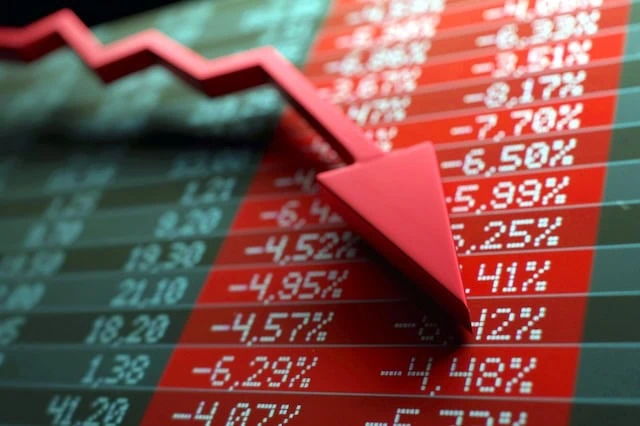
Simply put: No. While they’re both economic events you don’t want to experience, they can’t be used interchangeably.
But they can coexist.
A recession is simply a period of economic contraction, typically (but not necessarily) marked by two consecutive quarters of shrinking GDP. Stagflation is a period of economic slowness/weakness, high unemployment, and inflation.
So while stagflation and a recession aren’t the same thing, you could have stagflation during a recession.
Related: 60 Personal Finance Statistics You Might Not Know (But Should!)
How Do You Get Rid of Stagflation?
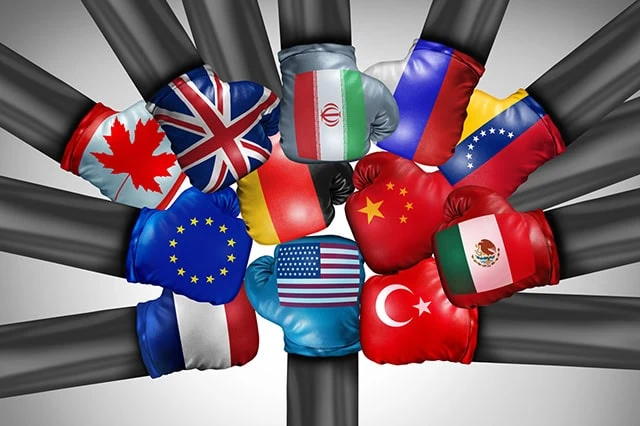
Well, that’s the trick, isn’t it?
Stagflation is difficult to combat, as trying to improve one of the three “legs” can end up cutting another one. For example, stimulus measures to help economic growth and unemployment could intensify inflation. Conversely, hiking interest rates—a common tactic for battling inflation—can worsen already sluggish economic conditions and elevate high unemployment.
Federal Reserve Chair Jerome Powell nodded to the idea of stagflation—and the difficulty his central bank might have in fighting it—just a couple of weeks ago.
“We may find ourselves in the challenging scenario in which our dual-mandate goals [maximum employment and stable prices] are in tension,” he said. “If that were to occur, we would consider how far the economy is from each goal, and the potentially different time horizons over which those respective gaps would be anticipated to close.”
Related: Should You Use a Financial Robo-Advisor? 6 Considerations
How Stagflation Could Affect You

Of course, the biggest concern to most people isn’t how stagflation will impact some lifeless figure like GDP—it’s how it will impact their own pockets.
Like with other financial calamities, such as bear markets and recessions, how stagflation will impact the average American hinges somewhat on the causes of said stagflation. But generally speaking, a period of stagflation tied to tariffs could do a number of things, including:
- Cramp corporate revenues …
- … increasing the likelihood that you could get laid off or have your hours reduced
- … increasing workloads and responsibilities for employees that remain
- … reducing job listings, making it more difficult for unemployed people to find new work
- Reduce the purchasing power of your earnings as goods become more expensive.
- Constrict your ability to budget and make financial plans because of heightened instability.
- Cause declines in stocks and other investments.
The combination of all of the above could result in severe consequences for many Americans, including bankruptcies, poverty, and homelessness.
It’s true that no period of American recession, stagflation, or other economic turbulence has ever been permanent—it has always gotten better. But that fact actually masks a harsh reality: Many people impacted by these events may experience life disruptions that last well beyond when the economy eventually bounces back to life.
Said differently: Any economic downturn, no matter how brief, can be personally disastrous and shouldn’t be taken lightly.
Related: How Gen X Can Upgrade Their Retirement Savings
How Can I Prepare for Stagflation?

While there’s very little you or I can do to stave off stagflation, there are at least a few things we can do to financial prepare ourselves.
For one, it can help to financially prepare for a layoff—even if you don’t necessarily think one is imminent. This can include extremely basic steps such as decreasing spending and bulking up your emergency fund, but it can also include other more intense steps such as negotiating a lower APR on your credit card, reducing tax withholdings at work, even starting a side hustle.
In this particular moment in time, some consumers are asking themselves whether they should stock up on items expected to get pricier from tariffs. The answer? “It depends.” If you’ve already budgeted for these and other big-ticket items, and you’re in a good financial situation, it would make financial sense to make the purchase before tariffs kick in. However, you shouldn’t panic-buy items to the point where you’ve depleted your savings and put yourself at significant risk of becoming insolvent if you’re laid off.
In terms of your investment portfolio? Most buy-and-holders can just sit still and do what they’ve been doing: holding. However, if you want a little peace of mind, low-volatility ETFs can help stabilize your portfolio during downturns. Or if you like to tinker with your portfolio quite a bit, you can be more tactical with these bear market ETFs.
But if you’re near or in retirement, and/or you’re simply just not sure about whether your portfolio is built to withstand additional volatility, it might be worth re-evaluating it with a financial advisor.
Want to talk more about your financial goals or concerns? Our services include comprehensive financial planning, investment management, estate planning, taxes, and more! Schedule a call with Riley to discuss what you need, and what we can do for you.




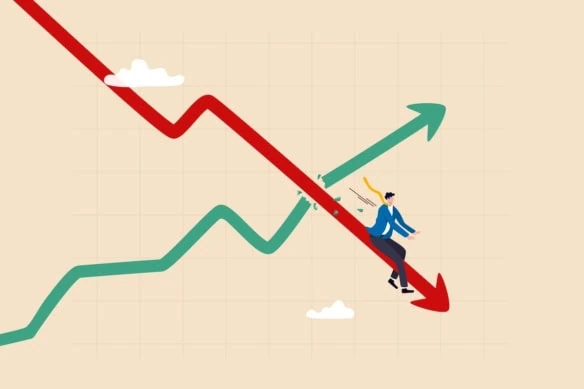

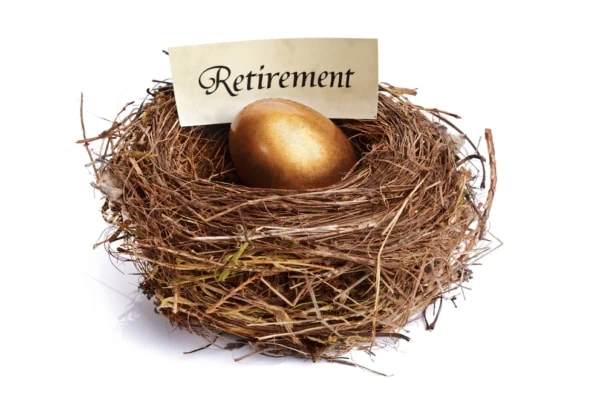
![Should You Max Out Your 401(k) Each Year? [Yes...and No] 15 should you max out your 401k each year or invest elsewhere](https://youngandtheinvested.com/wp-content/uploads/should-you-max-out-your-401k-each-year-or-invest-elsewhere-600x403.webp)
